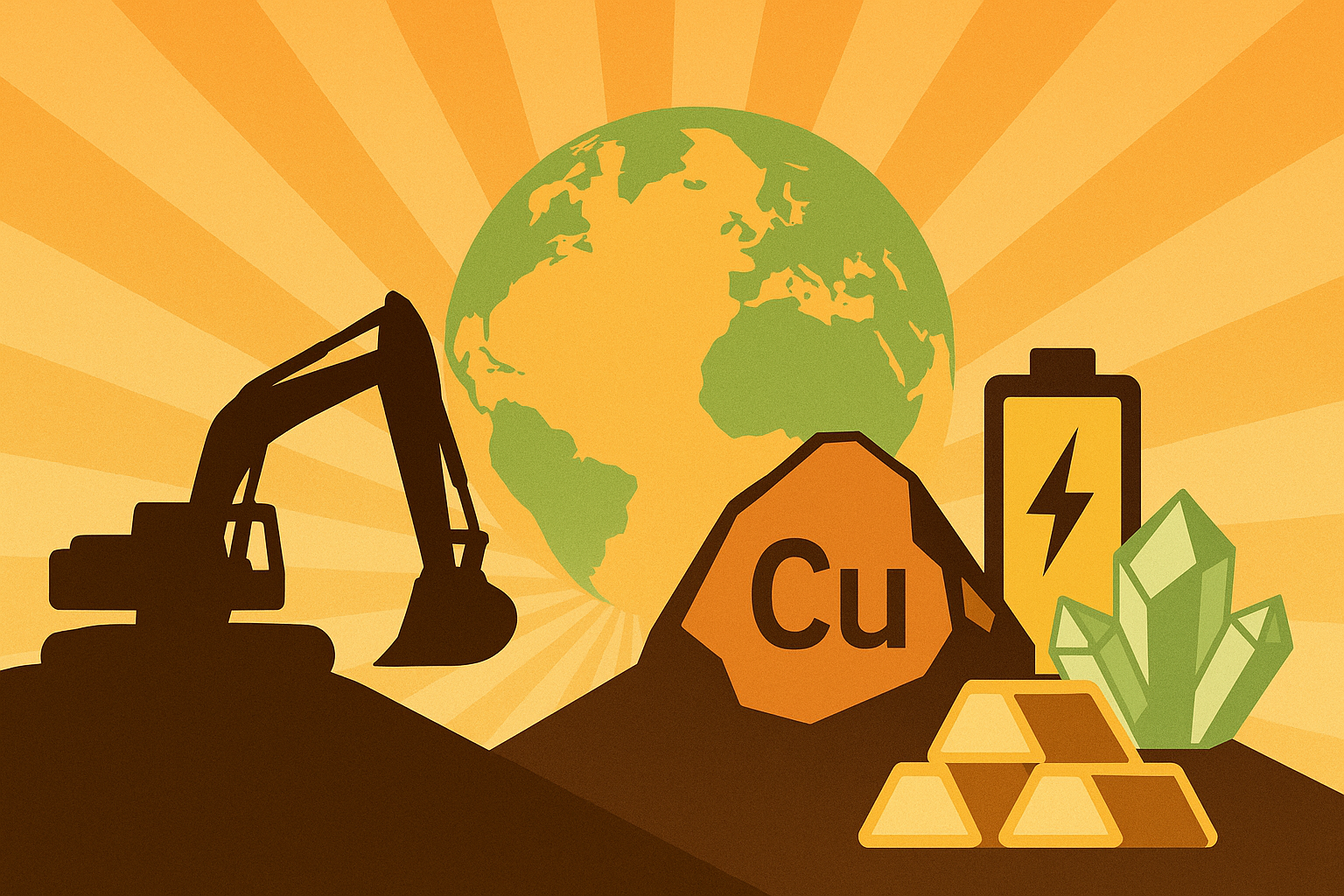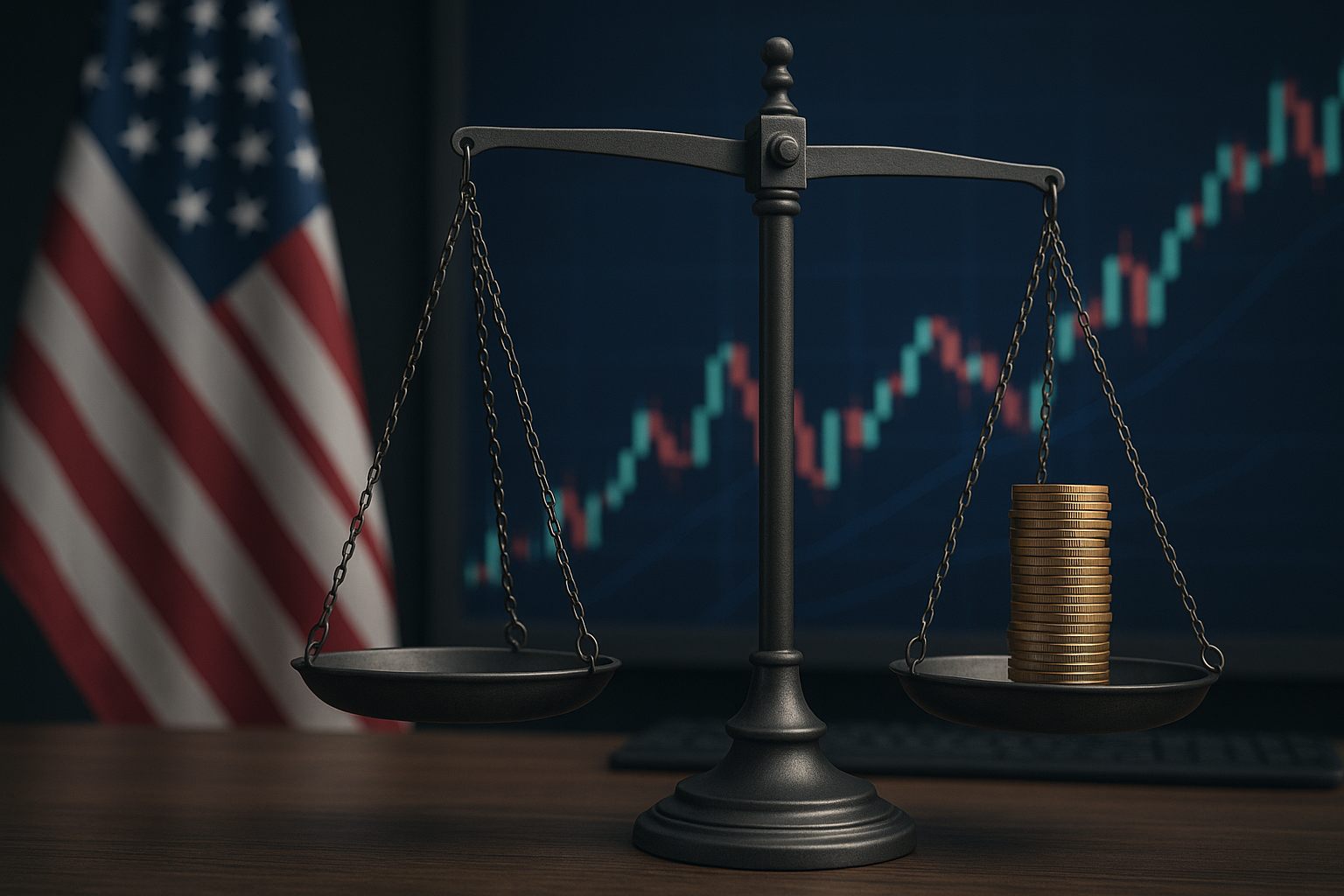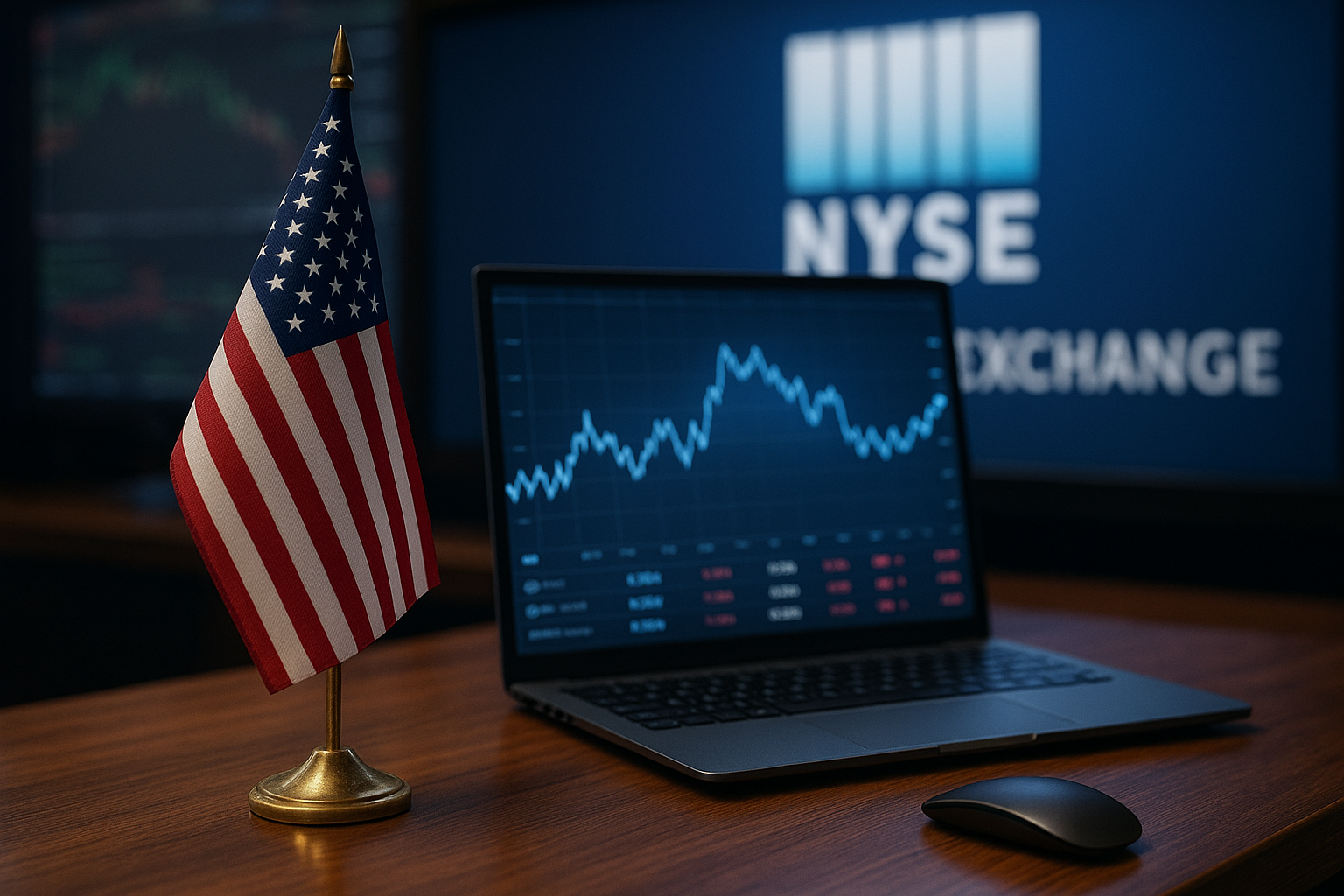Mining Meets the Energy Transition
The shift to clean energy is more mineral-intensive than many investors realize. According to the Future Minerals Forum, an estimated $5.4 trillion in investments is required globally by 2035 to develop and expand the mining and processing of essential minerals — such as lithium, copper, nickel, cobalt, and rare earth elements — that form the backbone of solar panels, wind turbines, electric vehicles, and battery storage.
The urgency is clear. With global leaders doubling down on climate goals and green infrastructure, demand for critical minerals is skyrocketing. However, supply chains remain underdeveloped, particularly in emerging markets, which are expected to absorb over 40% of the needed investment. This shift not only highlights a monumental capital requirement but also signals where future mining opportunities — and risks — lie.
Why This Matters for Investors
Mining has traditionally been viewed as a cyclical, commodity-driven sector. But the global energy transition is rewriting that narrative. The scale and specificity of mineral demand — driven by green tech — are creating structural growth drivers that long-term investors cannot afford to ignore.
- Copper, vital for electrification and grid upgrades, is expected to see a demand increase of 50% by 2035 (IEA).
- Lithium demand is projected to quadruple by 2030, fueled by EV batteries (Benchmark Mineral Intelligence).
- Processing capacity, not just extraction, is becoming a geopolitical lever, with China currently controlling 60-80% of global refining capabilities for many key minerals.
Emerging markets such as Africa, Central Asia, and parts of South America are poised to become new frontiers of mineral wealth — but also come with political, logistical, and ESG-related risks.
Future Trends to Watch
1. Public-Private Partnerships
Governments are increasingly inviting private capital to co-invest in mineral supply chains. Pakistan, Saudi Arabia, and several African nations have announced mineral summits and partnerships in 2025 alone.
2. Tech-Enabled Mining
Automation, AI-driven exploration, and sustainable mining technologies are attracting ESG-focused investors and reducing long-term operational costs.
3. Supply Chain Nationalization
The U.S., EU, and Japan are actively reshoring and securing mineral supply chains, offering tax incentives and strategic reserves to firms investing in allied territories.
4. ESG as a Gatekeeper
Mining investments must now pass a stricter ESG filter. Investors are favoring companies with transparent sourcing, carbon reduction strategies, and local community engagement.
Key Investment Insight
Strategic allocations to critical minerals and mining infrastructure, particularly in emerging markets, may position portfolios to benefit from one of the 21st century’s most enduring investment megatrends. ETFs tracking battery metals, early-stage mining equities, and companies involved in mineral processing and recycling could offer diversified exposure.
Be mindful of regional stability, environmental regulations, and currency risk when targeting frontier markets.
The global green shift is unstoppable — but it needs the raw materials to keep pace. Smart investors should begin positioning now. Stay ahead of global capital flows and resource trends by following MoneyNews.Today, your trusted source for actionable investor insights.





